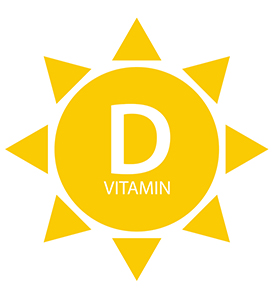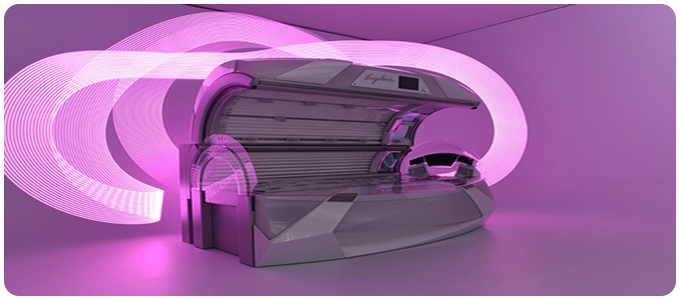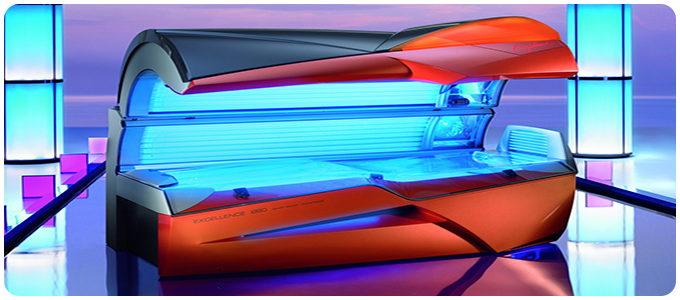Vitamin D: Just the Facts
Vitamin D is essential for good health.
Medical studies around the world have proven the benefits of Vitamin D in association with:
- Cellular Health: including breast, colon and prostate cancers
- Bone Health: including osteoporosis, hip fractures, osteomalacia and hip fractures
- Organ Health: including high blood pressure, hypertension and heart disease
- Mental Health: including SAD, PMS, depression and general mood
- Auto-immune Diseases: including multiple sclerosis, Type 1 diabetes and rheumatoid arthritis
- Skin Disorders: including psoriasis
- Obesity and exercise programmes
- Sunlight is the most effective way for the body to manufacture Vitamin D. Yet in the UK and Ireland, our bodies can only manufacture Vitamin D from exposure to the sun during the months of May to October. Outside of these months, the sun is simply not strong enough.
Are Sunbeds a Suitable Source of Vitamin D?
If you did a quick Google search, you’d find hugely conflicting information which makes it difficult to understand if sunbeds are a good source of Vitamin D or not. The simple answer is ‘yes’.Sadly, though, even professional organisations are providing inaccurate information. A prime example is the Skin Cancer Foundation in the United States which states that ‘no, a tanning bed will never provide you with the Vitamin D that you need’, despite multiple studies into this area clearly demonstrating that sunbeds do raise Vitamin D.
A study in the Anti-Cancer Research journal sums it up nicely. Referring to the fact that natural sunlight and sunbeds expose the skin to the same UVB light, the researchers say that ‘sun and sunbeds act similarly: one quantum of radiation at a given wavelength has the same biological effect, irrespective of the source from which it comes’. What we want to do here is cut through the noise and present real clinical findings that provide accurate and helpful data on the role sunbeds play in Vitamin D production.
What Does the Research Say?
There are many different studies out there that have examined the effects of artificial UVB light from sunbeds on Vitamin D synthesis, and most have formed the same conclusion: that sunbeds do give you Vitamin D… and can raise levels significantly.One study found that twice weekly sunbed sessions - for a total of 15 tanning sessions - were ‘surprisingly effective’ at increasing the primary form of Vitamin D, stating that the quantity was raised to a level that was ‘not widely different from that in Equatorial sun’.
Another study found that sunbeds emitting between 2.2% and 4.2% UVB could mimic sunlight, and could be used as ‘a surrogate for sunlight when the UV index is low’. The researchers were confident that the sunbed was the cause of the higher Vitamin D levels, having seen no change in production when using a 0.8% UVB emitting bed.
The Anti-Cancer Research study we looked at earlier suggests that 20 minutes in a sunbed produces the same amount of Vitamin D as 30 minutes in the midday sun, consuming 200-373ml of cod liver oil, or taking a 10,000-20,000 IU supplement daily. Could Sunbeds be Better Than Diet? One very interesting finding from the Anti-Cancer Research study was that Vitamin D levels remained high for 6-8 weeks after a sunbed session had ended, while dietary supplements appeared to play no role in helping to maintain bodily stores. This suggests that, in some cases, sunbeds could be a better source of Vitamin D than diet.










